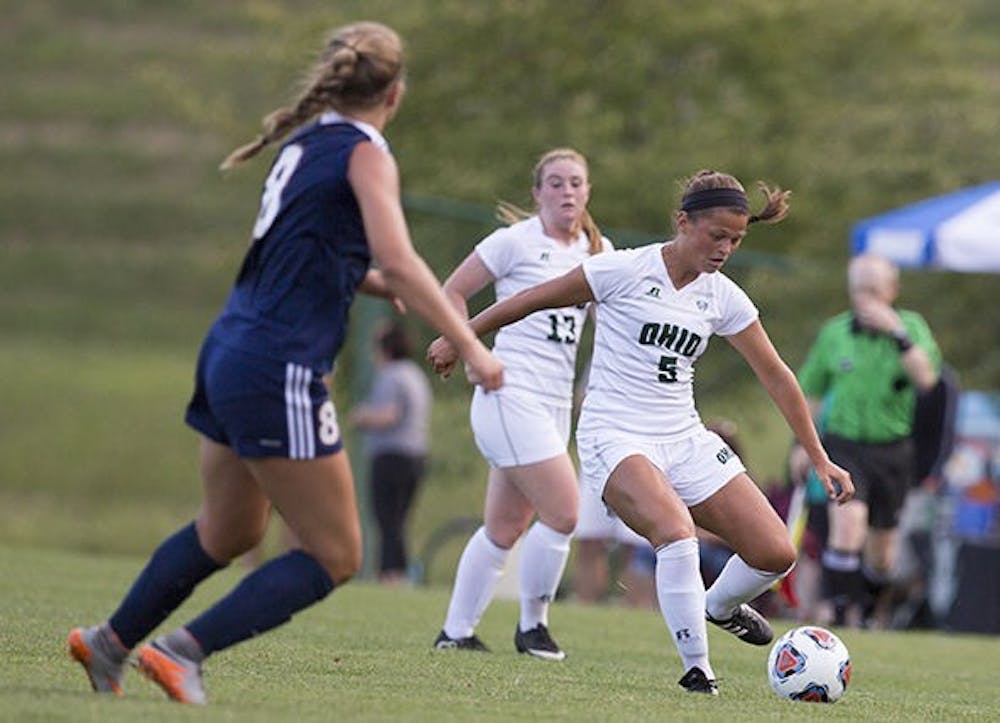Coach Aaron Rodgers changed the tactics this season; let's see how it's working for the team.
Coach Aaron Rodgers wanted his team to be more aggressive in 2015.
The third-year coach came into the season with a more attacking scheme. Through the first half of the season, forward-thinking has worked, but it's also hindered the defense’s ability.
After switching from a more conservative 4-4-2 to a 4-3-3, the team has created more chances, but it’s come at a cost of more goals allowed.
Four-Four-Two
In his past two seasons, Rodgers has utilized the traditional formation of four defenders, four midfielders and two attackers.
Last season, he faced a slew of games that left him searching for a consistent right midfielder. He used multiple variations of the 4-4-2 formation whether it was a diamond or more defensive, yet his team struggled to find the goal--or produce a consistent right mid.
That led to his change in tactics, possibly giving him the goals he missed out on last season. Though the goals have been sporadic, the chances are consistent this season. Runs down the flanks have led to multiple chances in front of goal for Ohio, but finishing has been rare.
So let’s break down Rodgers’ 4-3-3 formation.
Four-Three-Three
In this formation, Rodgers rotates between junior Alexis Milesky and redshirt junior Carly Manso as the striker. He then runs sophomore Hannah Jaggers out left and freshman Stephanie Rowland out right.
Between Milesky, Manso and sophomore Allie Curry, he chooses an attacking midfielder and then sophomore Megan Niebuhr and junior Molly Whitacre sit as holding mids.
The backline features sophomores Kelley Zebrowski and Celeste Fushimi-Karns, freshman Rianna Reese and senior Grace Campbell.
{{tncms-asset app="editorial" id="1ce32b38-7045-11e5-91ab-5f80f6fe7569"}}
The problem Rodgers faces with this more attacking style is that he urges his outside backs to push forward. That allows for more players to help out in the attack, but a misplayed pass during an attack can set up a counter attack for the opposition.
And that's what hurts Ohio most: its inability to slow down the counter because of the fullbacks pushing too high up the field.
“We want to create a foundation of attacking soccer,” Rodgers said. “We want to create a foundation of freedom for our outside backs to go forward and join the attack. When we get them forward, we are very dangerous and that’s a great place for us to be.”
Though the Bobcats are starting to reap the rewards of attacking creativity, they are also reaping the consequences of not having enough players back.
Stay with attacking play style?
“I think we want to stick with it,” Rodgers said.
He said patience is needed. He wants to start this foundation now and hope that in the years to come, it will start to become part of the program and surely pay dividends in Ohio’s success.
The Bobcats (4-9, 2-4 Mid-American Conference) have laid a new foundation in playing more attacking, and now the goal is to master it.
The question is how long it will take?
@wynstonw_
ww773412@ohio.edu






